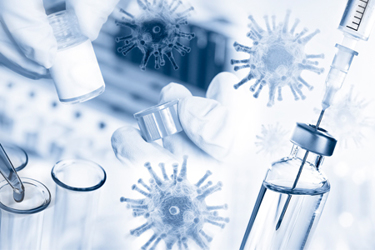PEG In Lipid Nanoparticle Formulations: Addressing Challenges And Seeking Solutions
By Michael Nguyen, PhD

Ppolyethylene glycol (PEG) is commonly used to improve drug delivery and increase circulation time, but it has disadvantages such as hindering cellular uptake and potentially causing immunological responses. PEG has been used in the Pfizer-BioNTech and Moderna COVID-19 vaccines, but concerns have been raised about its repeat dosing and the production of anti-PEG antibodies. These antibodies can lead to accelerated blood clearance and increased reactogenicity.
Promising PEG technologies have been developed to enhance the uptake and transfection rates of liposomal nanoparticles (LNPs) by promoting PEG shedding in acidic environments. However, the immunogenic response and reactogenicity of PEG and its alternatives need further study for effective drug delivery. PEGylated lipids are important for stabilizing LNPs during formulation, storage, and circulation, but the steric interactions introduced by PEG can inhibit cellular uptake. The balance between PEG shedding, immunogenicity, and drug delivery must be carefully managed.
Ongoing initiatives aim to replace PEG in LNP formulations, but some alternatives also face challenges related to the production of polymer-specific antibodies. Access the full article below to understand why further research is needed to overcome these issues for the successful development of therapeutics.
Get unlimited access to:
Enter your credentials below to log in. Not yet a member of Advancing RNA? Subscribe today.
